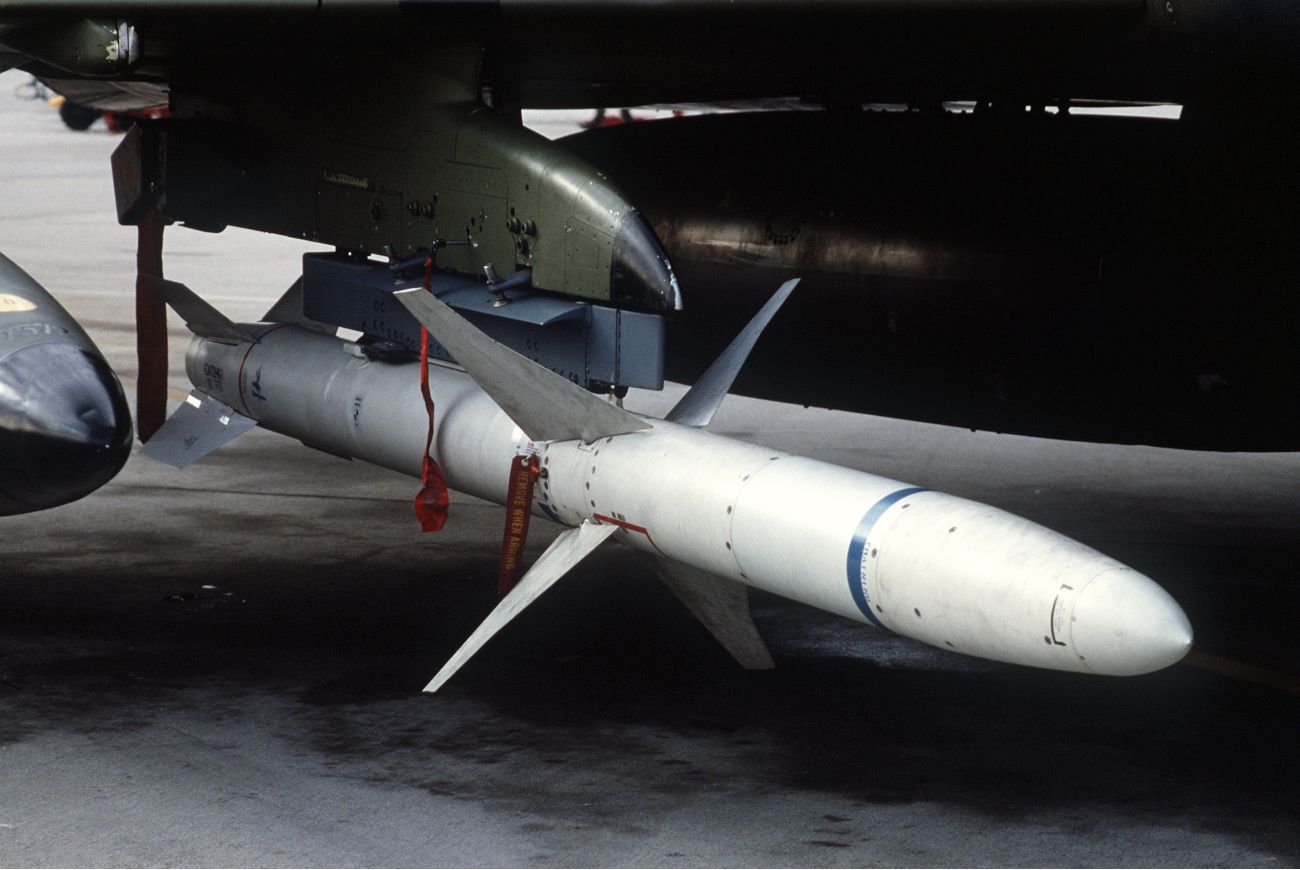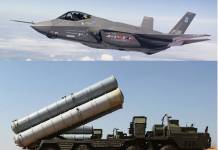A Ukrainian MiG-29 fighter jet was recently spotted firing the AGM-88 HARM against Russian targets. The video posted by Ukraine’s defense shows a pilot dressed as Santa firing two AGM-88 HARM air-to-surface anti-radiation missiles.
The caption, which appears alongside the video, states, “A Ukrainian Air Force MiG-29 makes a standoff SEAD strike with a pair of US-integrated AGM-88 HARM air-to-surface anti-radiation missiles.”
The MiG is visible in the video carrying two AGM-88s on the inside hardpoints and two R-73 short-range air-to-air missiles on the outside hardpoints. With over 20,000 likes and over 3 lakh views on Instagram, the video has garnered many comments.
A user commented, “Be 100% accurate on the targets this year and wish you to defeat the enemy and ruin it asap.” Another user wrote, “Bless Santa for dropping some Presents on the Russians.”
The MiG is armed with two AGM-88s on the inside hardpoints and two R-73 short-range air-to-air missiles on the outer hardpoints. pic.twitter.com/4tbezIQbCt
— OSINTtechnical (@Osinttechnical) January 1, 2023
Furthermore, a user said, “Get Santa some F-16s, please.” Another user appears to be asking Washington to send the A-10 aircraft to Kyiv.

Meanwhile, war-themed video games have also been spreading false information about the Ukraine War.
A recent report indicates that bogus videos regarding the Russian operation in Ukraine have frequently incorporated footage from the war-themed computer game Arma 3 in recent months. This footage is commonly tagged as “live” or “breaking news” to make it seem authentic.
Researchers have noted that video games have a severe potential to spread false information because of how frequently and easily fake news is shared on social media, including by some media broadcasters.
Nevertheless, Ukraine received AGM-88 HARM missiles from Washington in August. According to open sources, the Ukrainian MiG-29 and Su-27 aircraft are said to be deploying the missiles against the Russian targets.
Russian media had previously asserted that US AGM-88 HARM anti-radar missiles failed because most were shot down in the air.
The report said that HARMs’ unimpressive maximum speed of just over 600 meters per second (about 1342 miles per hour) and their high visibility are the causes of their low efficacy.
Ukrainian fighter jets fire these missiles from a long distance, enabling the Russian military to spot them long before they get close to the area where Russian air defense systems are situated.
AGM-88 HARM
The US air force began utilizing the HARM in 1983. The missile’s maximum speed is reported to be 2,280 kilometers per hour or 630 meters per second, with a launch range of up to 100 kilometers when fired from high altitude.
In comparison, the Russian AS-17 Krypton and AS-11 Kilter anti-radar missiles have top speeds of more than 1,000 and 1,100 meters per second, respectively, with a launch range of more than 200 kilometers.
The AGM-88 is powered by a “Thiokol-780” solid-fuel engine that operates in two modes: launch and march. The engine is outfitted with low-smoke fuel, which considerably minimizes the likelihood of the missile being detected.
The missile employs a two-channel monopulse CNS (frequency range 0.7-18 GHz) to determine the azimuth and angle of the target position. It consists of an antenna system, a radio frequency unit, a processor, and a radio transparent fairing.
The United States Air Force used AGM-88 missiles against Libyan air defense forces in the Gulf of Sidra in 1986 and during Operation Desert Storm in 1991. During the operation, 80 missiles were fired toward Iraqi air defense radars.

Moreover, Northrop Grumman recently announced in a press statement that its extended-range AGM-88G missile had completed its fourth successful flight test earlier in December 2022.
“Northrop Grumman Corporation has completed the fourth successful flight test of its AGM-88G Advanced Anti-Radiation Guided Missile Extended Range (AARGM-ER),” the company said.
In a test on November 30, 2022, at the Point Mugu Sea Range off the coast of southern California, the US Navy fired a missile from a F/A-18 Super Hornet jet. The missile successfully struck a moving maritime target, according to Northrop Grumman.
The performance of the AARGM-ER during testing continues to demonstrate the missile’s capacity to detect, identify, locate, and strike vital air-defense targets from a long range.
The AARGM-ER builds on the missile’s already-existing sensors, electronics, and digital models and adds a new, high-performance air vehicle, solid rocket engine, and upgraded warhead to give the warfighters more counter-air defense capability.
- Contact the author at ashishmichel(at)gmail.com
- Follow EurAsian Times on Google News




